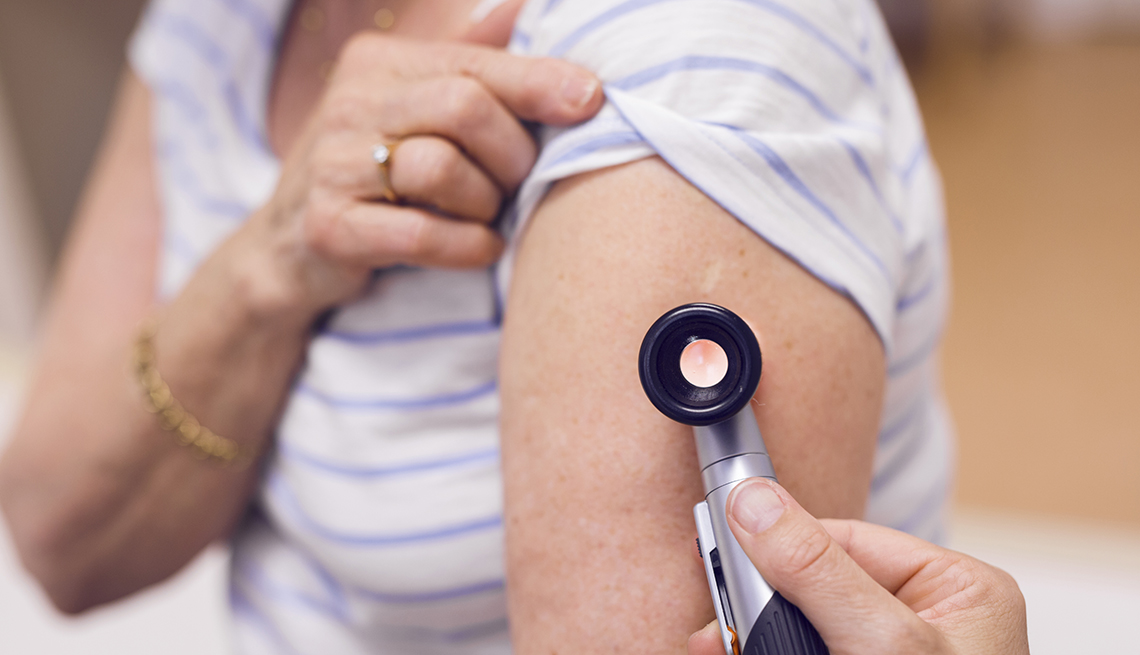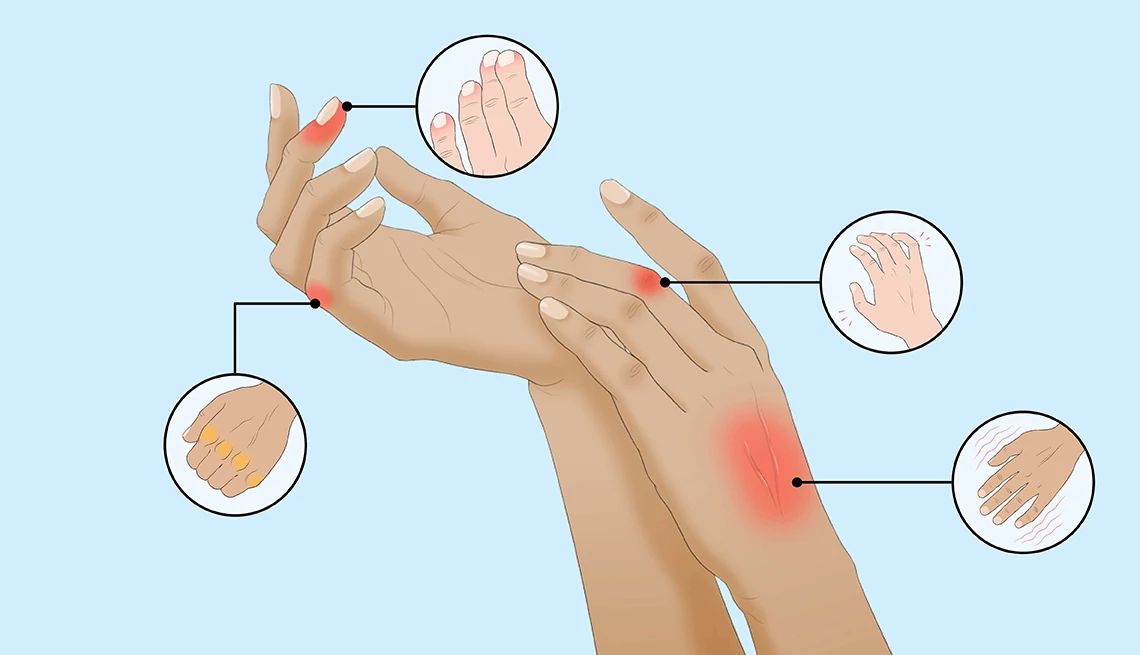AARP Hearing Center
Do-it-yourself isn’t only for home renovation projects. The internet abounds with tales of dermatology DIYers who claim they have the perfect remedy for removing skin tags.
Whether by apple cider vinegar, tea tree oil, wart remover or a pair of scissors someone just pulled out of their junk drawer, most home skin tag removal methods have scant evidence to back them up. Some could damage your skin or leave you with permanent scars.
To remove or not to remove?


The first question is whether you should attempt to remove a skin tag at all. Shasa Hu, M.D., associate professor of dermatology at the University of Miami Miller School of Medicine, doesn’t advise it. Although skin tags aren’t cancer, your untrained eye might not be able to confirm that’s what you have. “You may be removing a precancerous or cancerous mole inadvertently, and you’re missing an opportunity to get the correct diagnosis and treatment,” she says. A skin tag doesn’t need to be removed at all unless it rubs against your clothing or gets caught on jewelry and bothers you. Even then, it’s much easier — and less painful — for your dermatologist to snip it off in the office. “If you do it at home and you don’t do it correctly, you end up having more headaches,” Hu says.
Although skin tags aren't dangerous, they come in many shapes and sizes, so it's possible to mistake a wart or even skin cancer for a skin tag, according to the American Academy of Dermatology (AAD).
But if you know for sure that you have a skin tag and not something else, and you’re intent on removing it yourself, there are right ways to do it — and wrong ways.
The wrong ways to remove skin tags yourself
Tea tree oil, castor oil, alcohol and apple cider vinegar are some of the home remedies people claim they’ve used to remove skin tags. There isn’t any evidence in the medical journals to suggest that these substances work, but they are irritating to the skin, which may be why some people have had luck with them.














































































